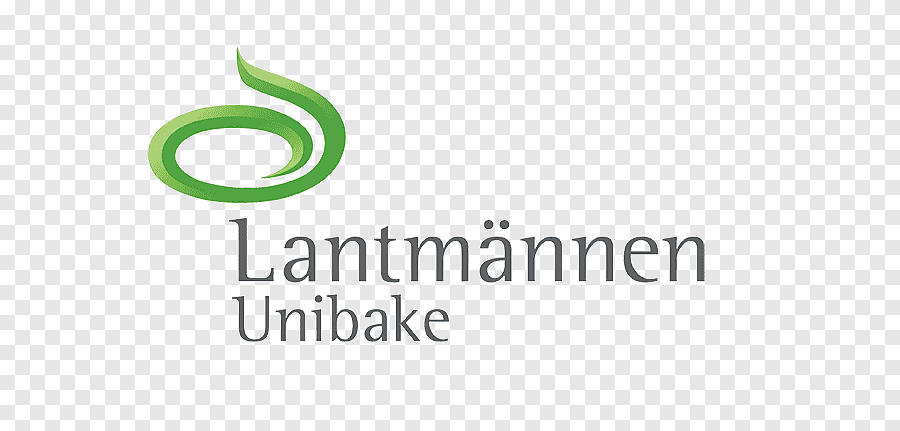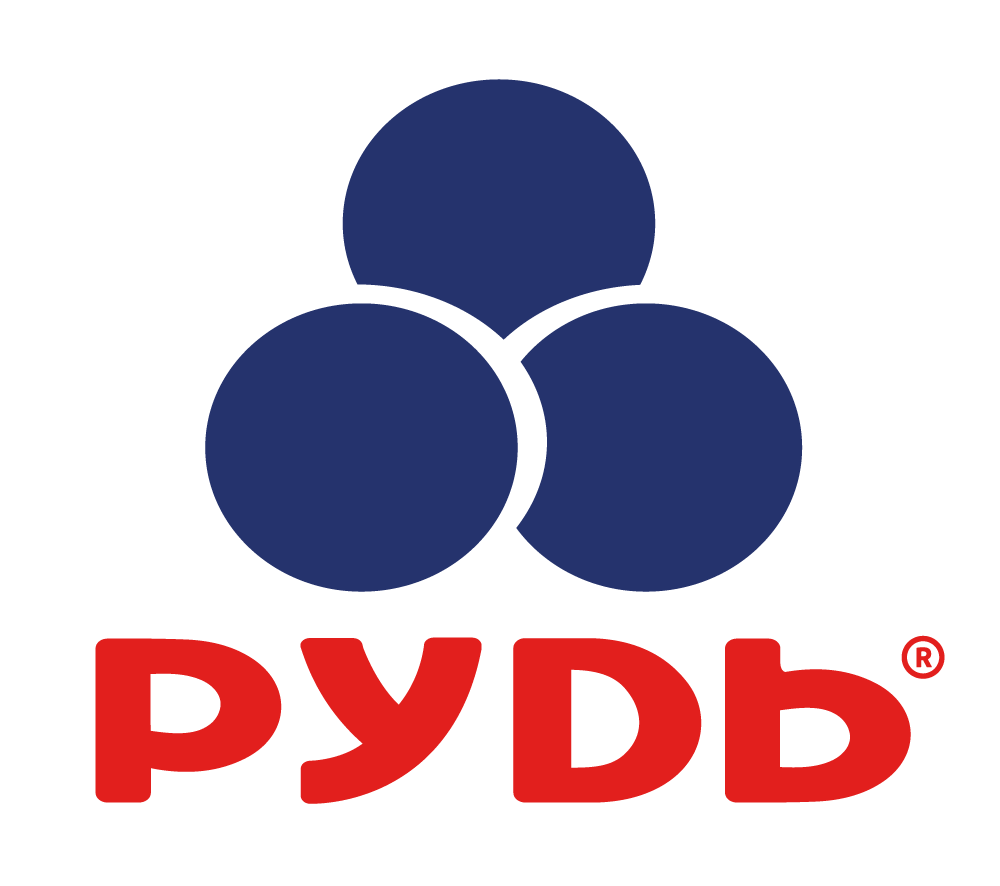6 reasons to choose “EDIN e-TTN”
-
1. Expertise and leadership
EDIN – the first provider in Ukraine to pass testing by the Ministry of Infrastructure for e-TTN exchange. We offer comprehensive expert support at every stage of the transition from paper to electronic documents, ensuring the continuity of your business.
-
2. Full document chain and flexible integration
EDIN supports over 50 types of electronic documents to ensure a complete supply chain, including direct supply, domestic transportation, cross-docking, etc. Our solutions easily integrate with your ERP, TMS, and WMS systems (SAP, BAS, Rinkai, Tocan, QGUAR) via various protocols (AS2/FTP/API).
-
3. Automation and process optimization
Integration with EDIN reduces expenses, saves time on administrative processes, and automates document flow. The EDIN ecosystem supports various business processes, including distribution, collaboration with retail networks, and raw material suppliers.
-
4. Convenience for drivers and high ratings
Our mobile application, EDIN Driver, allows drivers to sign e-TTN with a single click. The application has received a high user rating (4.9) due to its convenience and reliability.
-
5. 24/7 technical support and scalable expertise
EDIN provides round-the-clock technical support, which is essential for uninterrupted operations, especially during night transports. Every month, over 200,000 e-TTNs are processed through the platform, and our system connects more than 120 companies and 7,000 drivers.
-
6. Implementation Flexibility
Flexible tariffs and integration (configured interoperability) with other electronic document management providers simplify the implementation of e-TTN while preserving the conventional document management solutions for all transportation participants.
Choose the option that best suits your workflow with “EDIN e-TTN.”
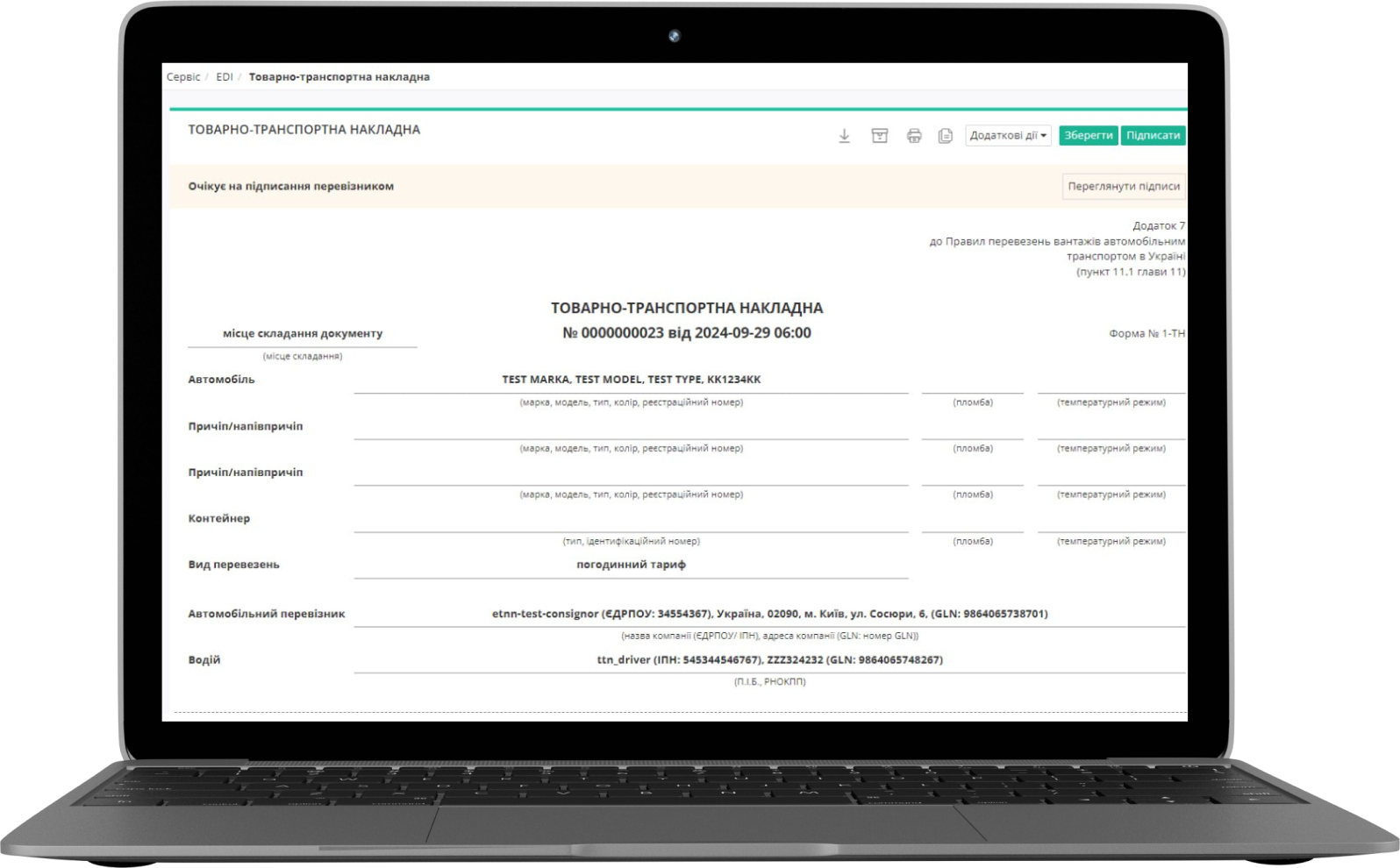
All necessary supply documents are in one place.
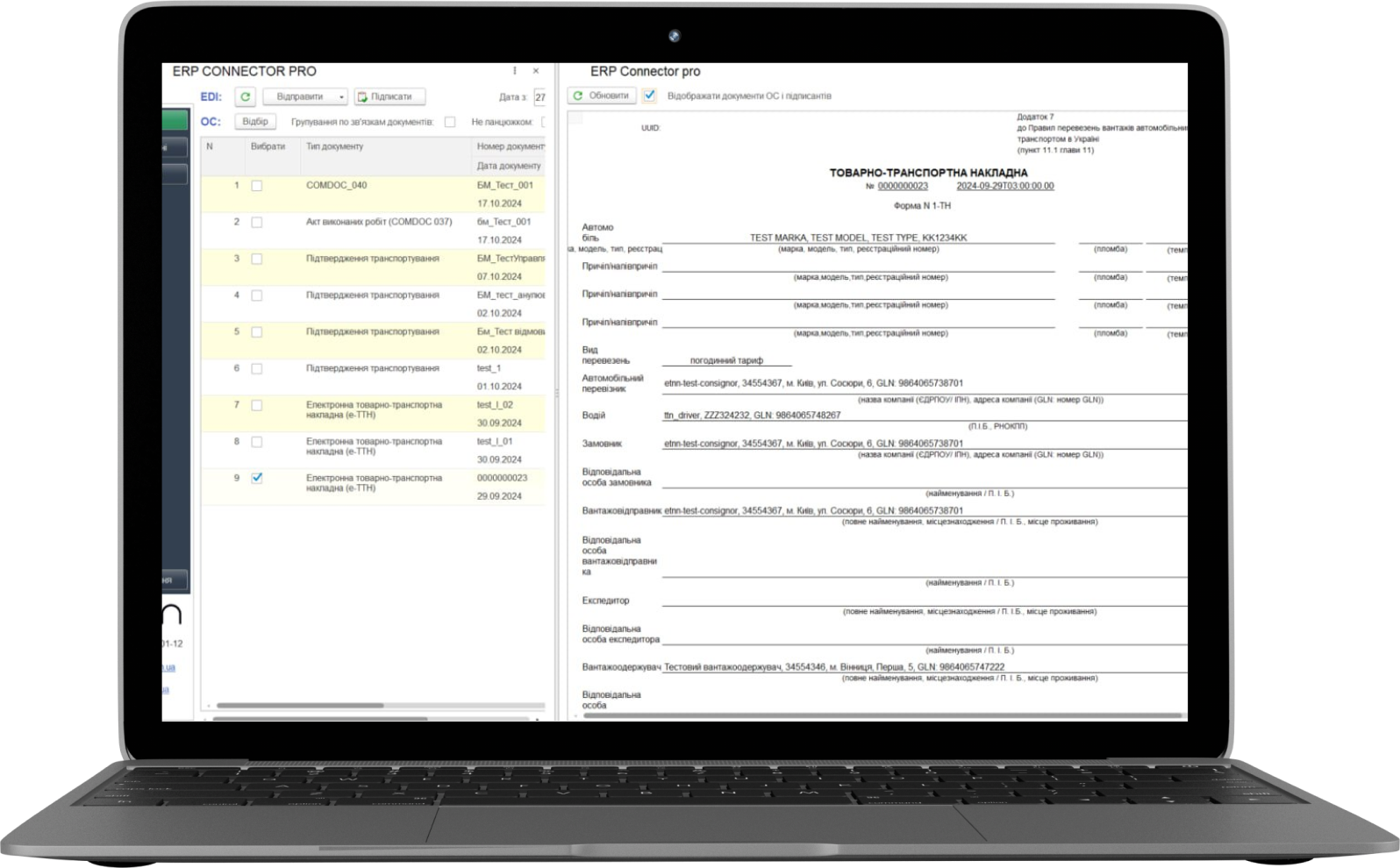
Simple and clear documentation that will help integrate our API into your accounting system.
- API methods description
- Postman collections
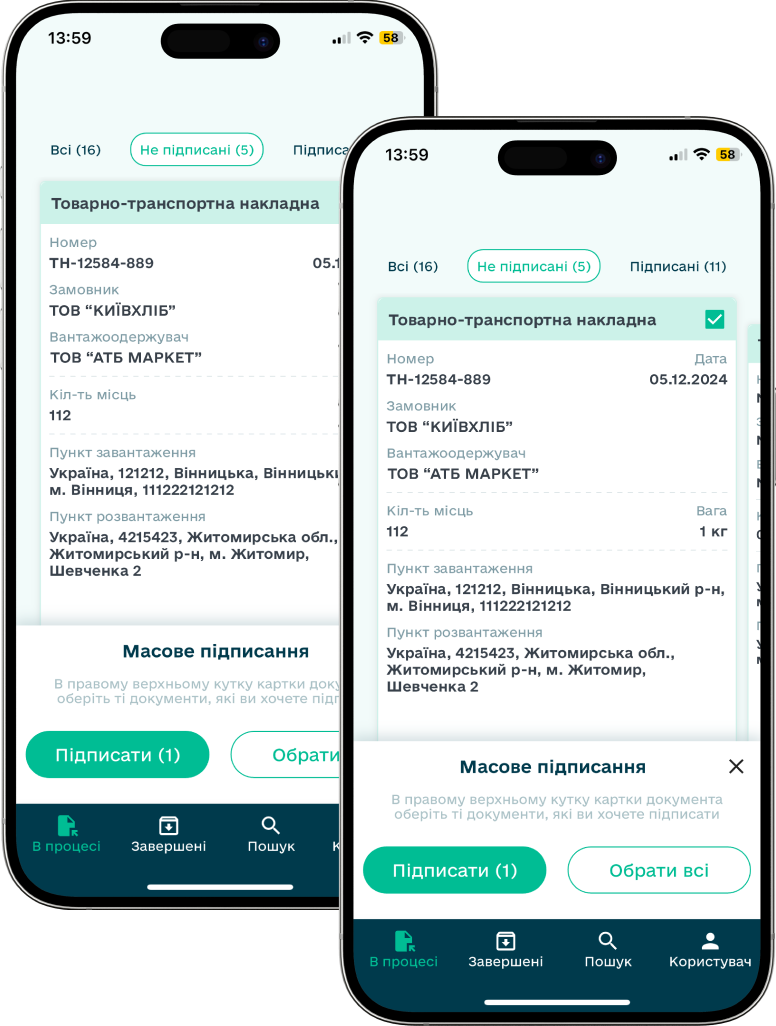
Logistics chain in “EDIN e-TTN”
The EDIN service ecosystem provides a complete process for interaction between counterparties.
-
EDI-Network
EDIN-Market
EDIN-Price
EDIN-Certificate -
Shipper

-
EDI-Network
EDIN-Tender
EDIN-Driver -
Specification
Certificates
Order
Dispatch
Consignment Note -
EDIN-TTH
e-TTN
Corrective Acts
for e-TTN -
Tender
Contract
Transportation Request
Work Completion Act -
Consignee

-
Carrier

How to launch e-TTN in a company?
80% of companies that already exchange e-TTN used this algorithm to launch e-TTN.
-
1. Analysis of current processes.
We start by describing the existing business processes related to paper-based consignment notes in order to understand how to adapt them to electronic document management.
-
2. Preparation of adaptation options.
We prepare adaptation options for your processes to transition to e-TTN and electronic document management.
-
3. Integration with your systems.
We configure the integration of e-TTN with your accounting systems to ensure seamless document exchange.
-
4. Training of personnel and counterparties.
We conduct training for your employees and counterparties to ensure their readiness to work with e-TTN.
-
5. Pilot transportation launch.
We conduct pilot deliveries using e-TTN, gather feedback, and test the processes before the full-scale launch.
-
6. Productive launch.
After a successful pilot, we fully launch e-TTN into your operational activities, ensuring a productive document exchange.
-
7. Gradual scaling up.
We connect all counterparties to e-TTN for full coverage of business processes and further scaling of the solution in your company.


The electronic consignment note will become mandatory!
In 2023, the state announced a pilot project for the implementation of electronic consignment notes for businesses. The project is initiated by the Ministry of Infrastructure of Ukraine, and technical support is provided by the Ministry of Digital Transformation.
Companies that exchange e-TTN:
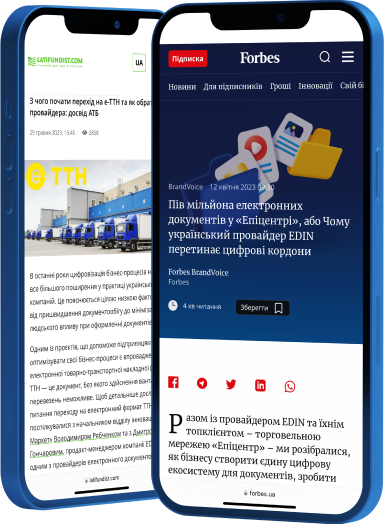
Questions and Answers
According to the Law “On Road Transport,” the consignment note (TTN) is a single document for all participants in the transportation process (except for individuals who transport cargo at their own expense and for their own needs), intended for the accounting of material assets during their movement, the settlement of freight transportation, and the accounting of work performed. It may be used for writing off material assets, posting, warehouse, operational, and accounting purposes, is prepared in paper and/or electronic form, and contains the mandatory details provided by this Law and the regulations for freight transportation by road.
Thus, the Law “On Road Transport” establishes two forms of consignment note usage – paper and electronic.
According to the Implementation Procedure for the experimental project on the introduction of an electronic consignment note in the field of domestic cargo transportation, approved by the resolution of the Cabinet of Ministers of Ukraine dated May 30, 2024, No. 629 (hereinafter – the Implementation Procedure for the experimental project), the electronic document management system for the electronic consignment note is an information and communication system that ensures the processing of information regarding the electronic consignment note, equipped with security mechanisms and protection of information from its loss, improper use, and alterations.
The system consists of a database of the electronic consignment note and software tools designed for data exchange and interaction with electronic document management platforms and other information, electronic communication, or information and communication systems.
- Law of Ukraine “On Road Transport”
- Order of the Ministry of Transport of Ukraine No. 363 “On the Approval of the Rules for Road Freight Transportation in Ukraine”
- Law of Ukraine “On Electronic Documents and Electronic Document Management”
- Law of Ukraine “On Electronic Trust Services”
- A vote is expected on the draft law amending the Law of Ukraine “On Road Transport,” which provides for the introduction of the electronic consignment note.
The full list of acts is available at: https://e-ttn.miu.gov.ua/law/
The goal of the e-TTN project – transitioning to an electronic document management system for consignment notes – will enable the optimization of business processes and the automation of their execution and control mechanisms, as well as minimize the number of paper documents, make business operations transparent for regulatory authorities, and integrate with existing state electronic information resources (information and communication systems) of ministries and other central executive authorities, significantly saving costs and time in managing document flows in enterprises of various forms of ownership and state institutions.
When will the use of the electronic consignment note become mandatory?
The use of e-TTN will become mandatory for freight transportation by road after the Verkhovna Rada of Ukraine approves amendments to the Law of Ukraine “On Road Transport” regarding the exclusive use of consignment notes in electronic form within Ukraine.
Technical support is available 24/7.
According to paragraph 3 of the Implementation Procedure for the experimental project on the introduction of the electronic consignment note in the field of domestic cargo transportation, among other things, the goal of the experimental project is to implement a consignment note in electronic form using the consignment note system in the field of domestic cargo transportation, including for dairy raw materials, high-octane oxygenated additives, petroleum products (oil), bread and bakery products, wood, ethyl alcohol and alcoholic beverages, and objects of sanitary measures.
Thus, as part of the experimental project, it is planned to analyze the existing consignment note forms for special groups of goods, develop e-TTN forms for special groups of goods, implement these forms in the e-TTN System, and test the use of such forms by cargo transportation participants.
The electronic consignment note allows for the automation of document exchange processes, reduces the time required for their preparation and processing, minimizes human errors, decreases expenses on paper media, and improves control over freight transportation.
The electronic consignment note is signed using a qualified electronic signature (QES), which ensures the legal validity of the documents and confirms the signer’s identity.
Yes, the EDIN e-TTN system supports integration with various ERP systems and other business tools, enabling companies to automate processes and ensure seamless document flow.
Present e-TTN: The driver must provide the inspector with access to the electronic consignment note. This can be done through a mobile application (for example, EDIN Driver) or another means of accessing the e-TTN. The electronic document will have a unique number and details that allow the inspector to verify it.
Present electronic signature: If the e-TTN is signed by the driver’s electronic signature via the application, it confirms the document’s legal validity. The driver must ensure that the signature is active and valid.
Provide access to necessary documents: If the inspector requires additional documents, the driver can display them in electronic form through applications or other electronic document management systems.
The system ensures a high level of data protection using modern cryptographic protocols and secure communication channels, which minimizes the risks of data loss or distortion.
Through certified centers for providing electronic trust services (CTS): You can obtain an electronic signature by contacting one of the accredited CTS, such as PrivatBank, Oschadbank, ACSK “Ukraine,” and others. For this, you will need the driver’s documents (passport, tax identification code) and an application for obtaining the signature.
Through the “Diia” app: If the driver is registered with “Diia,” they can use the “Diia.Sign” function. This option allows for signing electronic documents directly from a mobile phone using verification through “Diia.”
Through other electronic services.
Make your business stronger with EDIN
Contact our specialists, and we will prepare an individual offer for you







